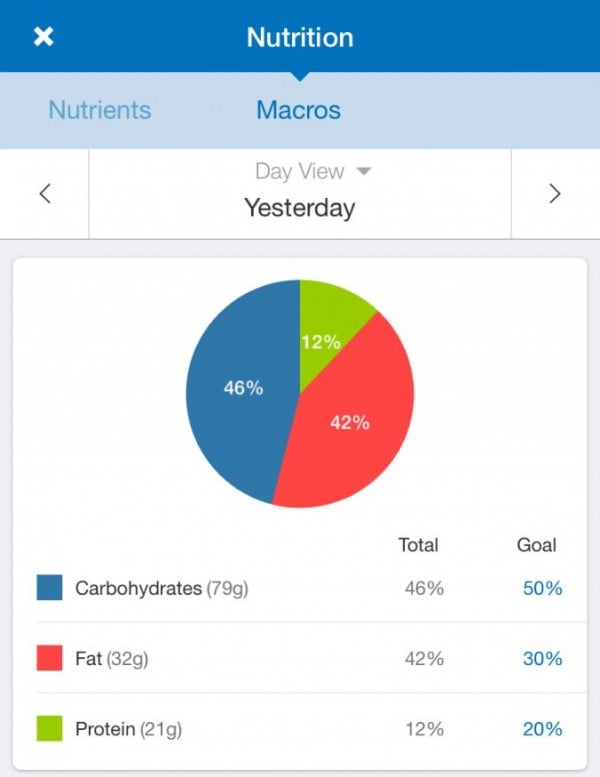
Image via iStock
From Paleo to Atkins, Mediterranean to Nordic, there are no shortage of diet plans to consider if you’re looking to kick-start your health.
While a different set of benefits apply to all of them, simply paying attention to what’s actually in your food can also work wonders for your health. Let us explain.
The “macro” or “macronutrient” diet doesn’t involve cutting out any food or eating less – instead it’s all about focusing on giving your body everything it needs, nutrient-wise. Food is not only measured by calories, but also by ‘macros’.
Macronutrients or macros are essentially nutrients which contain kilojoules. The three main macros all provide different and essential benefits for the body:
– We need carbohydrates for energy and fibre.
– Protein for strong muscles, healthy tissues and hormone production.
– And fat to maintain healthy tissues and cells and ensure proper nerve and brain function.
According to the Australian Dietary Guidelines, the energy in our diet should come from 15-25 per cent protein, 45-65 per cent carbohydrate and 20-35 per cent from fat, with no more than 10 per cent from saturated fats. The average break up is usually 20 per cent protein, 50 per cent carbohydrates and 30 per cent fat.
Carbohydrates provide 16 kilojoules per gram, protein provides 17 kilojoules per gram and fat provides 37 kilojoules per gram.
